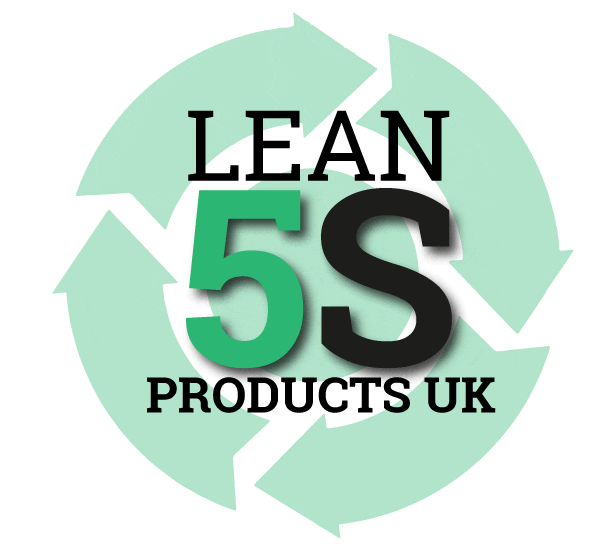Discover a versatile alternative to Foam for your organisation’s needs. Efficient, durable, and customisable
Looking for a shadow foam alternative?
In the context of UK manufacturing, foam shadow boards can play a significant role in enhancing organization and efficiency on the shop floor. They are commonly used to streamline processes, reduce downtime, and enhance workplace safety.
By implementing foam shadow boards, UK manufacturers can ensure that tools are easily accessible, quickly identifiable, and properly stored.
In manufacturing settings, where precision and speed are crucial, having a designated place for each tool can contribute to a more organized and productive workflow. This organization can be particularly beneficial in sectors such as automotive manufacturing, aerospace, electronics, and other industries where a variety of specialized tools are used.
Moreover, in compliance with lean manufacturing principles, foam shadow boards align with the goal of minimizing waste, optimizing resources, and creating a visual workplace. They can contribute to the overall efficiency of UK manufacturing operations by reducing the time spent searching for tools, preventing loss, and facilitating a systematic approach to tool management.
The use of foam shadow boards in UK manufacturing is not only a practical organizational solution but also a visual management tool that promotes workplace orderliness and contributes to the overall competitiveness of the manufacturing sector.
What Lean 5S Products offer:
When it comes to fabricating foam shadow boards for UK manufacturing, versatility in material selection is essential. The choice of materials depends on factors such as durability, ease of fabrication, and the specific requirements of the manufacturing environment. Here are some common materials used in fabricating foam shadow boards:
High-Density Foam:
Advantages: Lightweight, cost-effective, and easy to cut into various shapes.
Use Case: Ideal for creating custom-shaped cutouts that securely hold tools.
Polyethylene Foam:
Advantages: Resistant to chemicals, durable, and provides cushioning for delicate tools.
Use Case: Suitable for environments where exposure to chemicals is a concern.
Polypropylene:
Advantages: Sturdy, resistant to moisture, and durable.
Use Case: Well-suited for heavy-duty applications or areas with high humidity.
PVC Foam Board:
Advantages: Rigid, durable, and resistant to moisture.
Use Case: Ideal for situations where a more solid backing is required.
Metal Composite Materials:
Advantages: Offers a combination of metal strength and composite versatility.
Use Case: Suitable for environments where extra durability and rigidity are necessary.
Acrylic:
Advantages: Transparent, durable, and provides a sleek appearance.
Use Case: Useful when a clear or see-through design is preferred for visual inspection of tools.
The fabrication process involves cutting the chosen material into the desired shape, creating precise cut-outs for each tool, and potentially adding labels or markings for easy identification. CNC routing or laser cutting can be employed for precision, especially when dealing with intricate designs.
By considering the specific needs of the manufacturing environment and choosing the appropriate materials, fabricating foam shadow boards in various materials ensures that they not only serve the purpose of organization but also withstand the demands of the manufacturing setting in the UK.
Please view our Gallery
